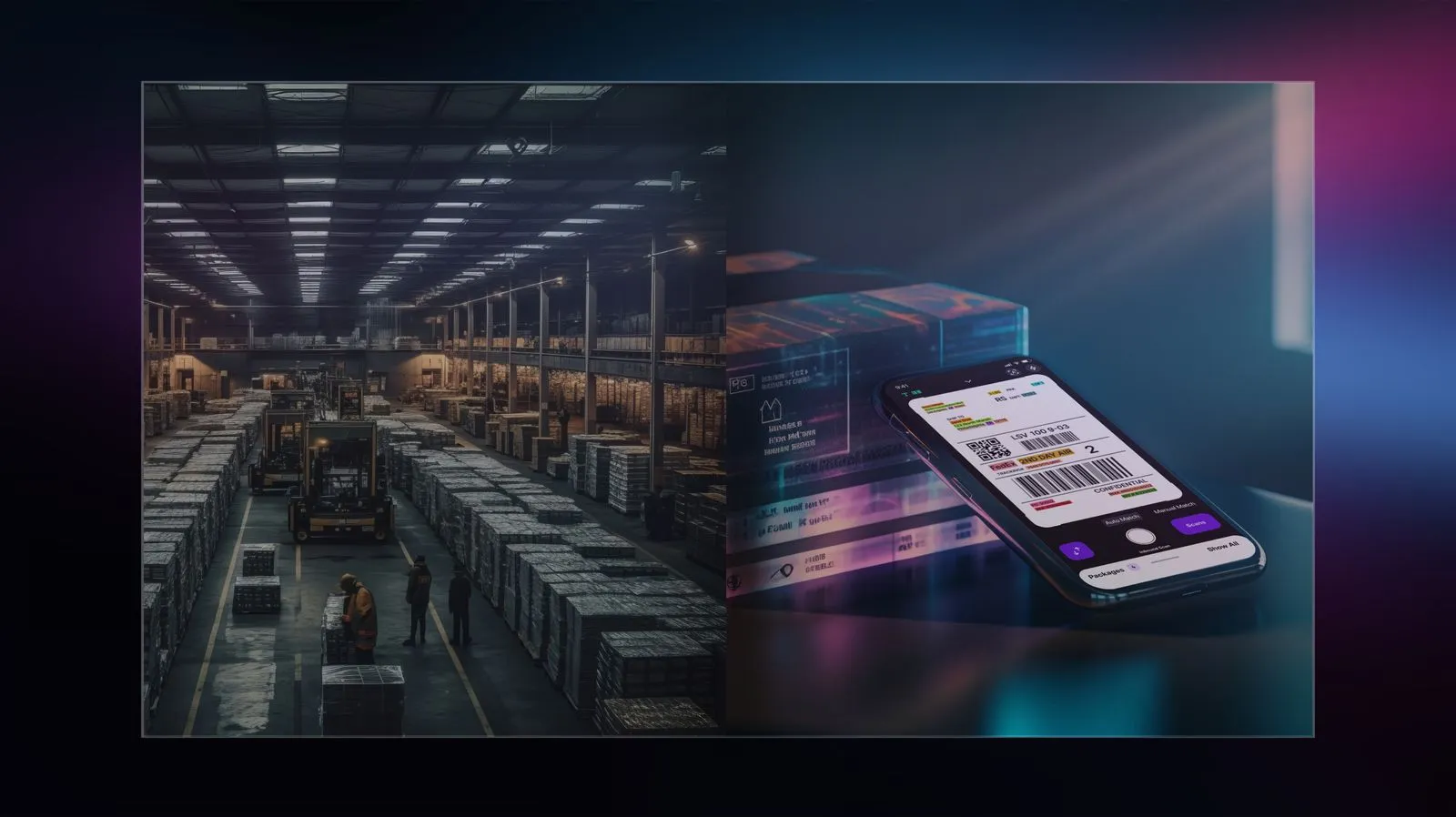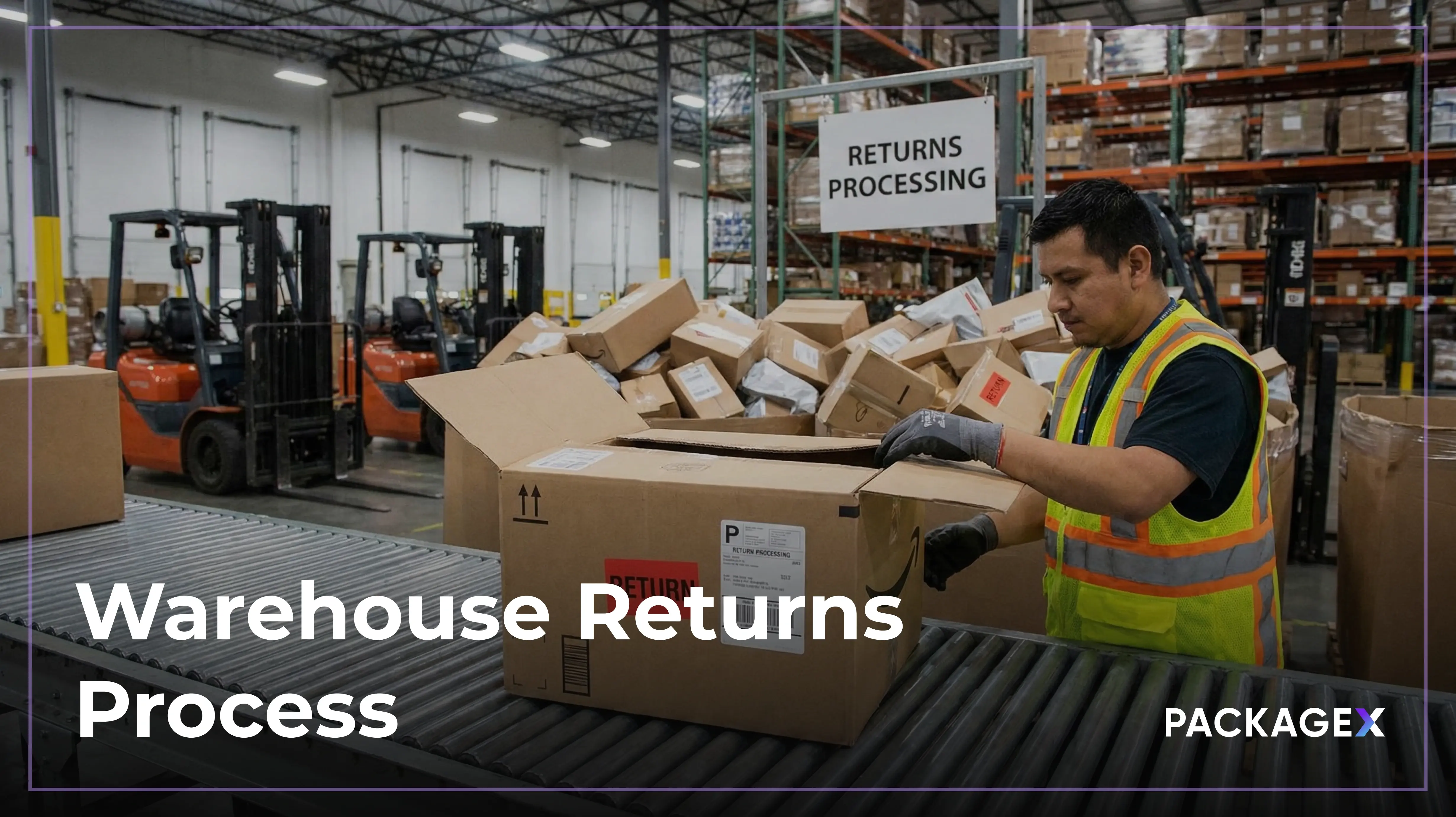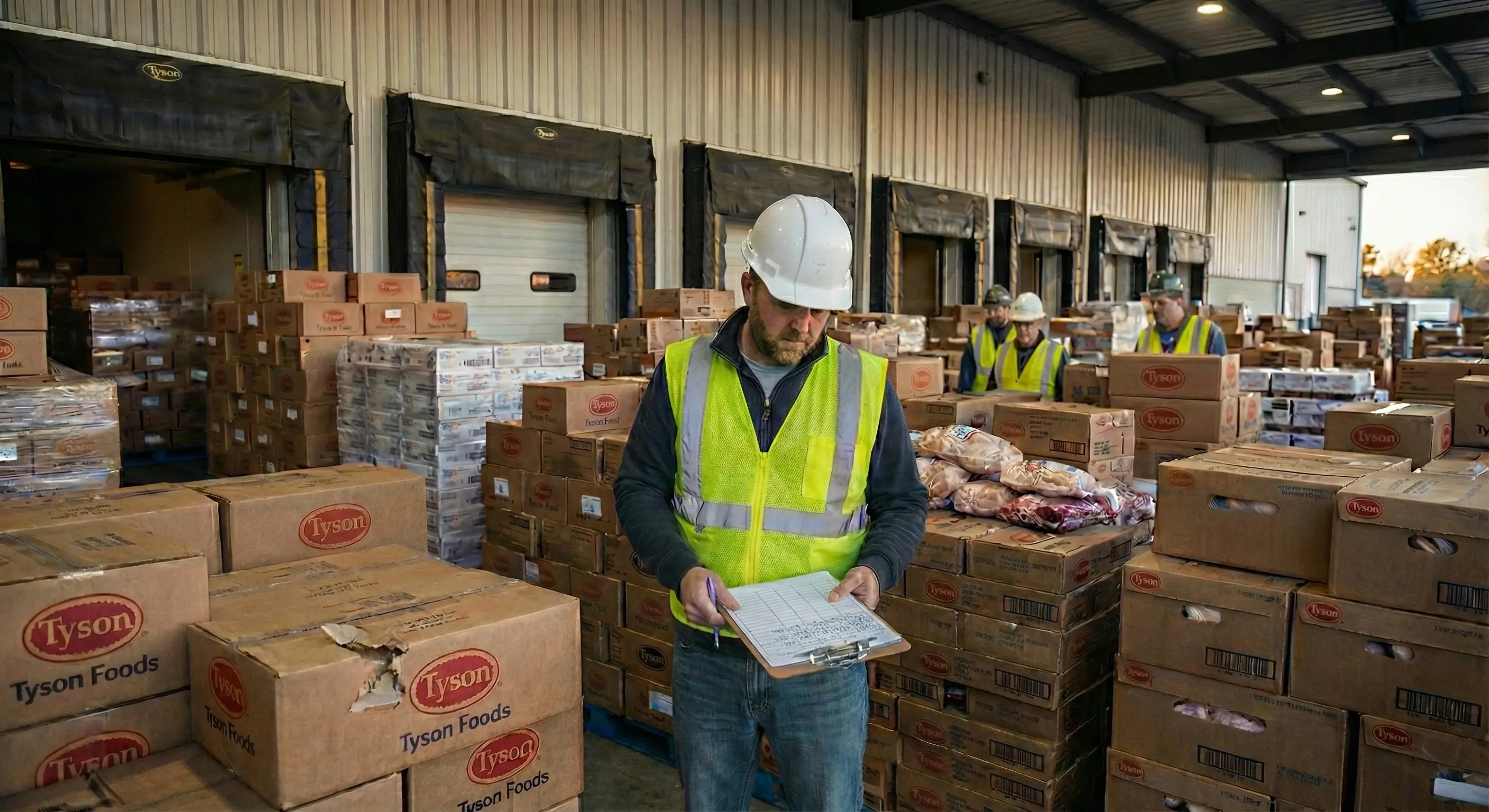Artificial intelligence (AI) is more than just a buzzword in the supply chain industry; it’s a transformative force. Not only is it fundamentally changing the way supply chains operate by introducing new levels of automation and efficiency, but it’s also improving visibility and helping companies make smarter, data-driven decisions.
As supply chains become more global and complex, AI will continue to play a crucial role in helping companies remain agile and prepared for any future challenges.
Read on to learn more about AI in the supply chain, including key trends currently shaping the industry and the potential future impact it may have.
What Is AI in the Supply Chain?
To answer this question properly, we first need a basic understanding of AI. You can view AI as an artificial brain created by computers. This artificial brain is designed to perform tasks that usually require human intelligence, like problem-solving and pattern identification, and is able to do so much faster than people because it can process large amounts of data at rapid speeds.
AI has several use cases in the supply chain, including:
- Predictive analytics where it analyzes large, complex data sets to predict future demand.
- Manufacturing inventory management, where it automates tasks efficiently and cost-effectively while delivering real-time data.
- Inbound receiving management, where AI-trained scanning technology accurately captures, processes, and integrates data from incoming shipments into existing supply chain systems with minimal human input.
- Route optimization, where it analyzes factors like traffic patterns and weather conditions to determine the optimal travel routes to minimize travel time and transportation costs.
AI also powers various technologies in supply chains, such as computer vision and robotics. Computer vision helps scan and track inventory in real time, while robotics helps streamline warehouse processes, including sorting, packing, and order fulfillment.
So, What Are the Key AI Trends Shaping Supply Chains?
From making demand forecasts more accurate to automating mundane tasks with precision, AI is driving crucial changes in supply chain management. Here are four AI trends currently shaping the industry and paving the way for more innovation in the future.
1. Demand Forecasting Is Smarter with Predictive Analytics
Traditional forecasting typically relied on small sets of past sales and market data. But now, with predictive analytics powered by machine learning algorithms, forecasting has become much smarter.
These machine learning algorithms are simply rules AI systems uses to carry out tasks. Not only do they learn from data and improve their predictions over time, but they can also quickly analyze large, complex data sets to identify hidden patterns that conventional forecasting methods may miss. Neat right?
And, because they can adapt to new data in real time, like supply chain disruptions or unexpected events, forecasts are more dynamic and accurately reflect changing market conditions.
What does this mean for you? Better demand forecasts that help you decide how much inventory to keep so you’re not over- or under-stocked and how much to produce so you avoid costly overproduction.
2. AI-Powered Supply Chain Automation Is Driving Efficiency
As you may know, automation simply involves using technology to achieve specific outcomes with minimal human input. AI-powered automation is currently driving many supply chain efficiencies, such as faster order fulfillment, improved warehouse management, and more efficient delivery routing.
For example, FedEx uses an AI-powered sorting robot to categorize items based on destination, which helps the company deal with its increasing volume of e-commerce shipments. We’re even seeing companies like WeWork use AI-driven logistics, with AI scanning technology helping move thousands of packages in and out of their buildings daily.
The result of this AI-powered automation? Fewer human errors, optimized workflows, and the ability to handle larger volumes of inventory with greater speed and accuracy—all while allowing you to scale without adding unnecessary labor costs.
3. Real-Time Data Continues to Fuel Better Decision-Making
AI is helping companies track every part of the supply chain in real time, which provides immediate and actionable insights to make better decisions. For example:
- Retailers are using AI to track inventory in real time to identify when stock is running low and needs replenishment.
- Warehouses are using AI to collect and integrate data from numerous sources, such as RFID tags, OCR scanning technology, and IoT sensors. This not only helps track the movement of goods in the warehouse but also provides a comprehensive view of inventory and operations to help replenish stock and maintain optimal inventory levels.
- Logistics providers like shipping companies and freight forwarders are using AI to monitor the status of shipments and delivery routes. This helps optimize routes, reduces costs, and improves customer service, as logistics companies can provide customers with accurate delivery updates and delivery times.
- Buildings and campuses benefit from AI scanning software that streamlines package delivery and management. This software tracks packages from arrival to handoff, which helps minimize lost shipments and improves the overall efficiency of logistics operations.
With this level of real-time visibility, you can respond to changes faster, maintain optimal stock levels, and improve customer service.
4. AI Drives Risk Management and Supply Chain Resilience
As mentioned, supply chains are becoming increasingly global, complex, and vulnerable to disruptions. Luckily, AI is stepping up to mitigate and tackle potential risks before they become an issue. Here’s how:
- Detecting equipment issues. AI can help predict when equipment may break down or when maintenance is needed by analyzing past performance data and wear and tear patterns. This helps minimize equipment downtime during peak production so you can boost profits.
- Analyzing supplier reliability. AI can assess the reliability of suppliers by reviewing various sources, like financial reports and market trends, to help you partner with the right ones.
- Detecting fraud. AI can rapidly analyze large data sets to identify unusual and fraudulent transactions, which can help protect your bottom line.
- Planning for risk scenarios. AI can simulate the impact of various “What-if” scenarios, like supply shortages and natural disasters, to help you build contingency plans.
Beyond these four key transformative AI supply chain trends, the future of AI promises even greater advancements that will drive supply chain optimization.
What Is the Future Impact of AI on Supply Chains?
Looking ahead, AI will play an even bigger role in making supply chains smarter and more efficient. As AI technology continues to advance, predictive analytics will become more accurate, and AI-driven automation will be able to handle increasingly complex tasks. AI will also improve at providing real-time data so businesses can make faster and more informed decisions while helping companies mitigate risk to build more resilient supply chains.
Plenty of new trends will also emerge that will improve various aspects of supply chains, from inventory management and compliance monitoring to sustainable practices and enhanced supplier collaboration. We expect companies to become more agile at adapting to change, logistic routes to become more optimized, and supply chain collaboration to improve significantly—all of which will give you a competitive advantage in an increasingly complex global supply chain.
However, the continued growth of AI in the supply chain will not be without its challenges. Integrating AI with existing systems and workflows can remain challenging and complex, requiring significant investments in hardware, software, and technical skills.
Data security and privacy will also always remain a big talking point. With AI processing and analyzing such large volumes of data, the risk of sensitive data leaks is that much higher. Companies will need to strike a balance between using AI to drive efficiency and maintaining human oversight to address these issues properly.
{{returns-webinar}}
The Bottom Line: AI Is Here to Stay
AI is transforming the supply chain as we know it, from smarter demand forecasting with predictive analytics to AI-powered supply chain automation that’s driving efficiency to real-time data that’s driving smarter supply chain decisions.
As AI technology continues to advance, its impact on supply chains will only become more pronounced. By embracing AI, you can take advantage of this transformative force to become more efficient and productive while staying ahead of the competition.
Just remember to maintain a balanced approach between human oversight and AI to ensure the technology is used efficiently and ethically.
Ready to learn more about how AI can help you optimize your logistics operations? Grab our guide on getting started with AI in logistics and learn about impactful use cases every business can adopt.




